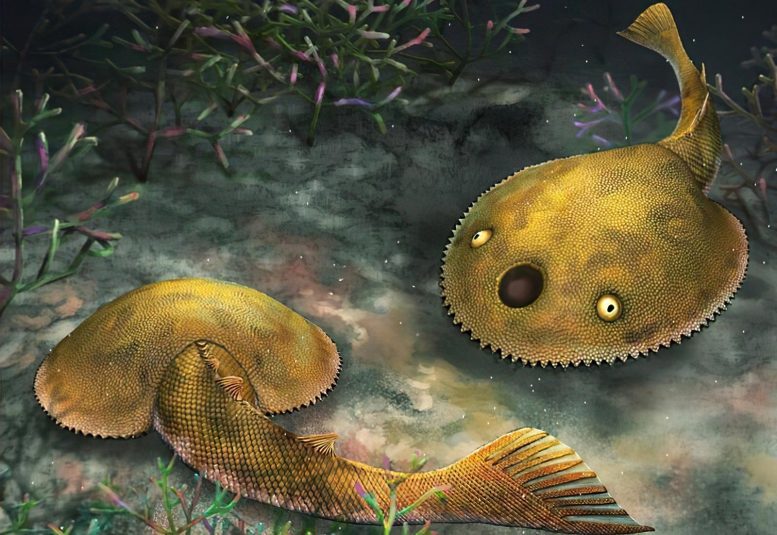
Life reconstructions of galeaspid species with “nine tails” discovered in south China’s Guangxi Zhuang Autonomous Region. Researchers from the Institute of Vertebrate Paleontology and Paleoanthropology under the Chinese Academy of Sciences have discovered a new fossilized galeaspid species in south China’s Guangxi Zhuang Autonomous Region. Named Foxaspis novemura due to its unique nine-rayed caudal fin, the fossil provides valuable insights into the creature’s morphology and swimming abilities. The researchers found that galeaspids were active swimmers with a cruising speed faster than their jawless and jawed relatives. Credit: Chinese Academy of Sciences
A new fossilized galeaspid species, Foxaspis novemura, has been discovered in China, featuring a unique nine-rayed caudal fin. The species was found to be an active swimmer with a faster cruising speed than its relatives.
Researchers have discovered a new fossilized galeaspid species with “nine tails” in south China’s Guangxi Zhuang Autonomous Region. This is the world’s first galeaspid fossil with a well-preserved tail.
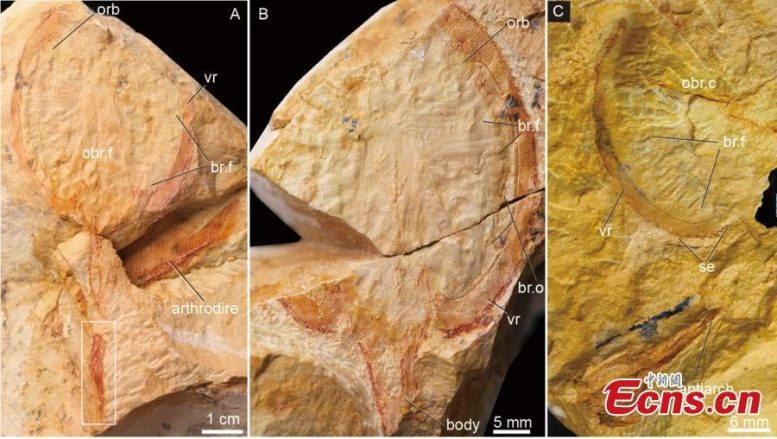
Photo shows a complete headshield articulated with body and tail preserved together with a complete arthrodiran fish. Credit: Chinese Academy of Sciences
According to the researchers from the Institute of Vertebrate Paleontology and Paleoanthropology under the Chinese Academy of Sciences, they named the new species as Foxaspis novemura because its caudal fin is comprised of nine ray-like scale-covered digitations, just like that of the Nine-Tailed Fox, a mythical animal from an ancient literature “Shan Hai Jing” (Classic of Mountains and Seas).
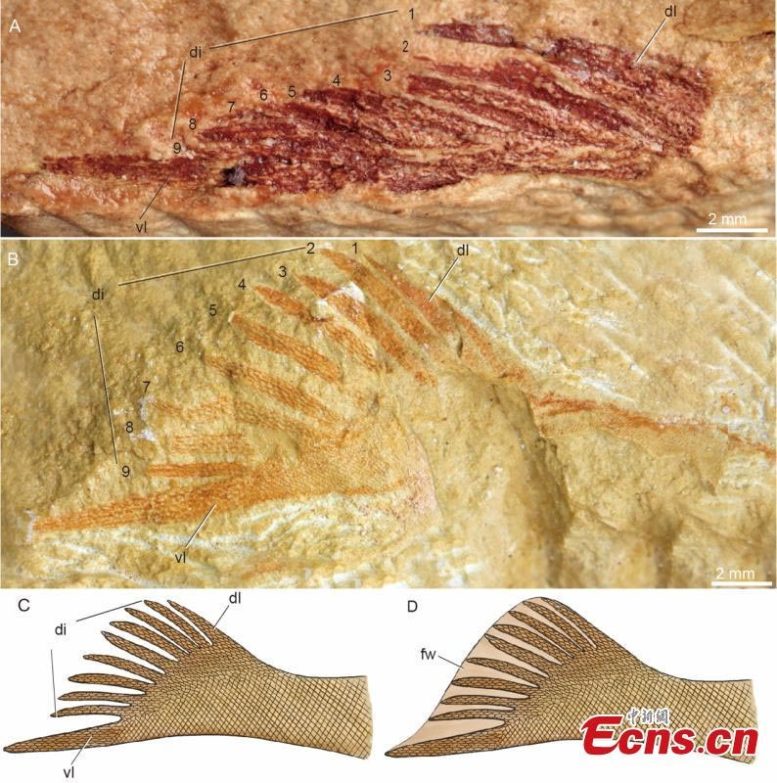
Photo shows an exceptionally preserved fossil of “nine tails.” Credit: Chinese Academy of Sciences
The fossil specimen completely preserves the caudal fin in both folded and flared states, revealing its morphological details to the greatest extent, according to Gai Zhikun, a research professor from the institute.
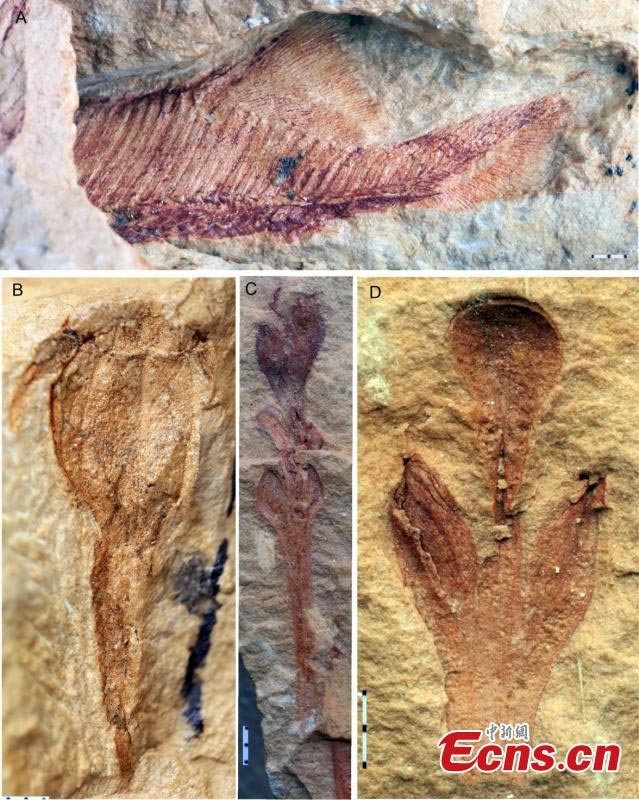
Photo shows the exceptionally preserved fossils of fishes and plants associated with Foxaspis. Credit: Chinese Academy of Sciences
“We discovered that galeaspids may be active swimmers, and can make good use of muscle contraction to control the contact area between tail and water flow, thus generating different thrust forces,” he said.
The team then analyzed the swimming speed of the geometrical morphology of the tail and showed that galeaspid’s cruising speed was even faster than that of their more derived jawless and jawed relatives.
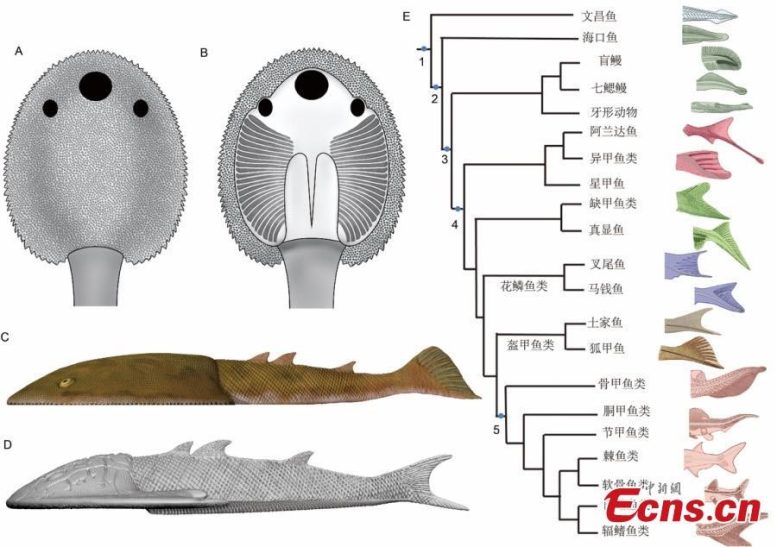
Life restoration and caudal fin evolution of the “nine tails.” Credit: Chinese Academy of Sciences
The researchers published their study results in the journal National Science Review.
Reference: “Postcranial disparity of galeaspids and the evolution of swimming speeds in stem-gnathostomes” by Zhikun Gai, Xianghong Lin, Xianren Shan, Humberto G Ferrón and Philip C J Donoghue, 27 February 2023, National Science Review.
DOI: 10.1093/nsr/nwad050



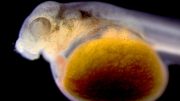





Be the first to comment on "Legends Come Alive: “Nine-Tailed” Galeaspid Fossil Fuels Ancient Lore and Evolutionary Insights"